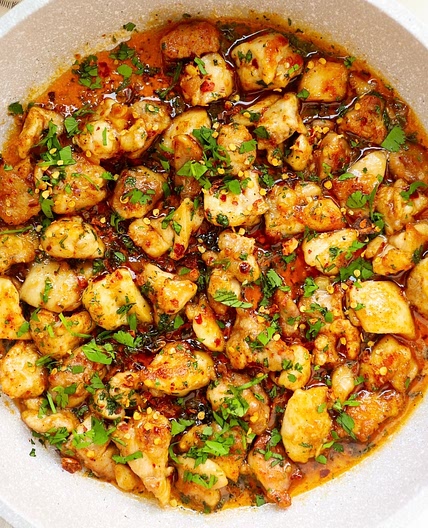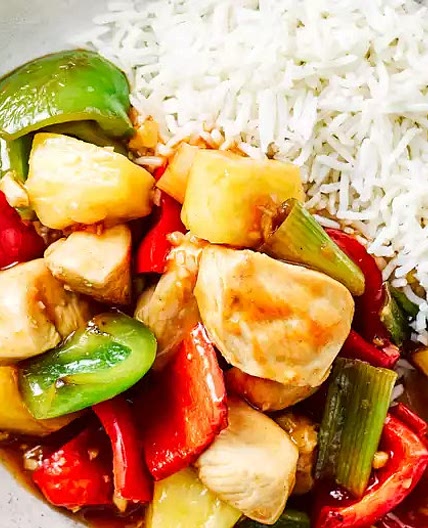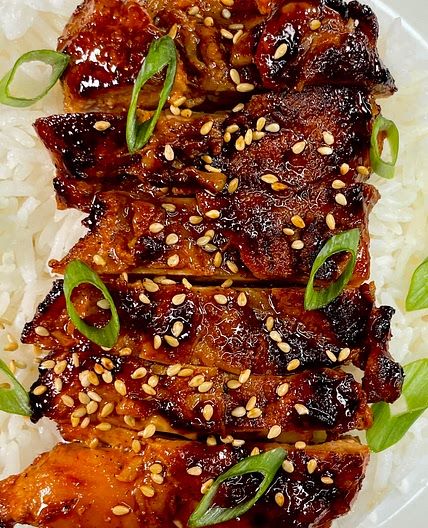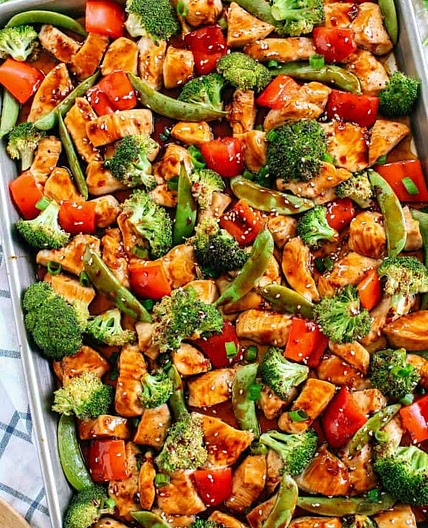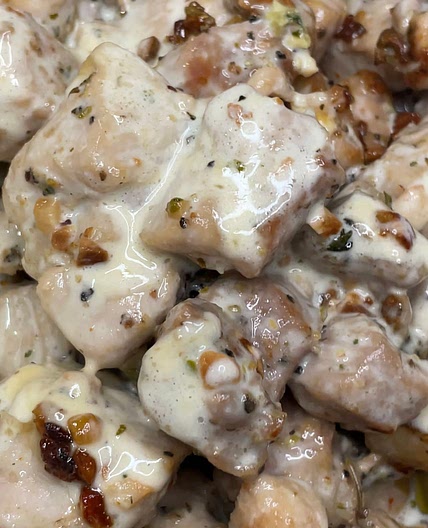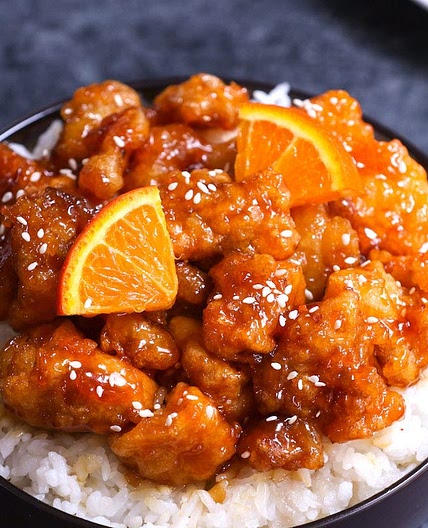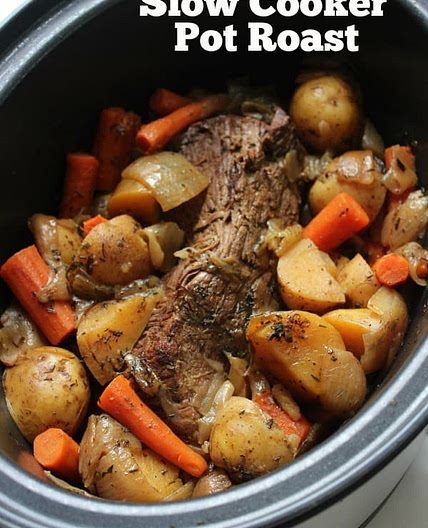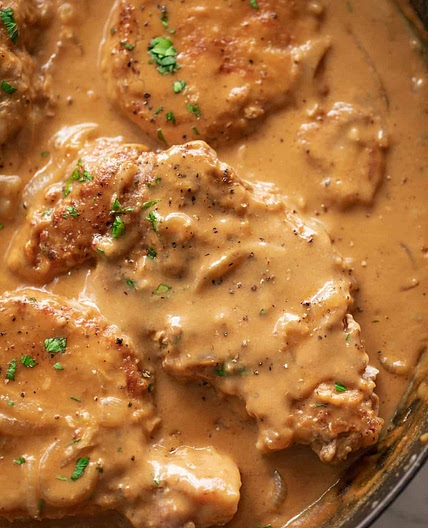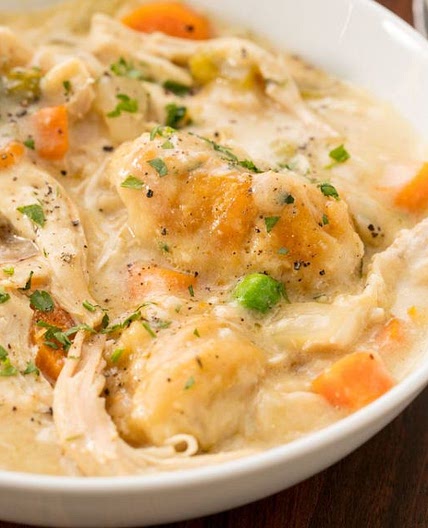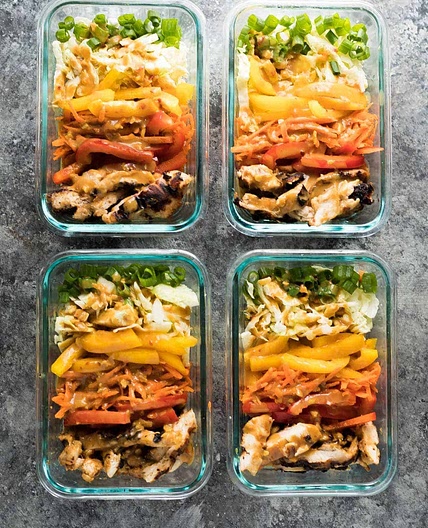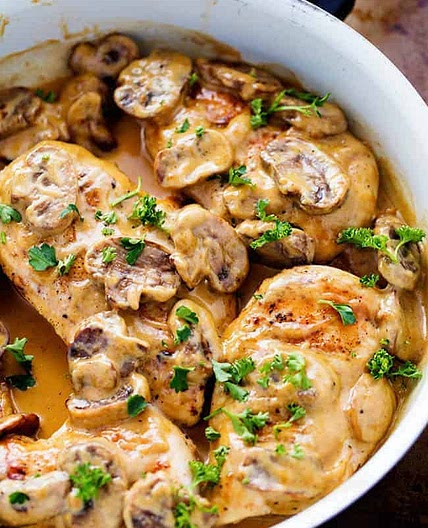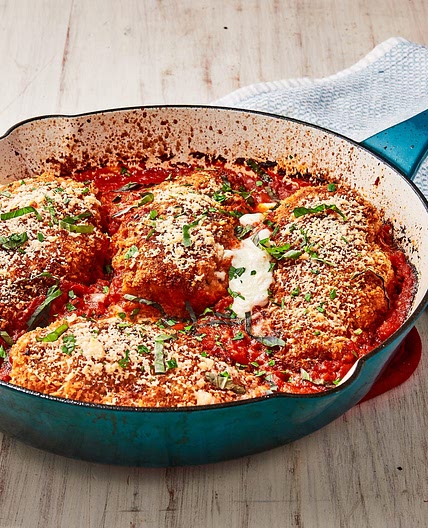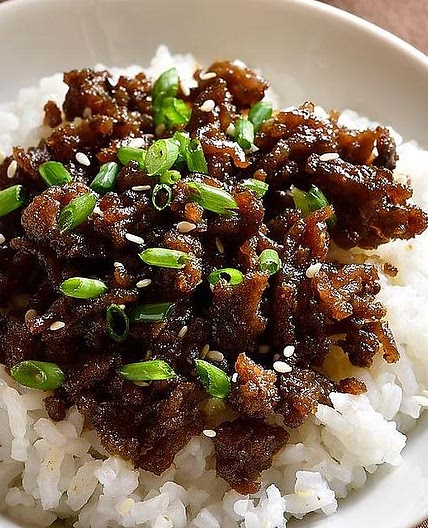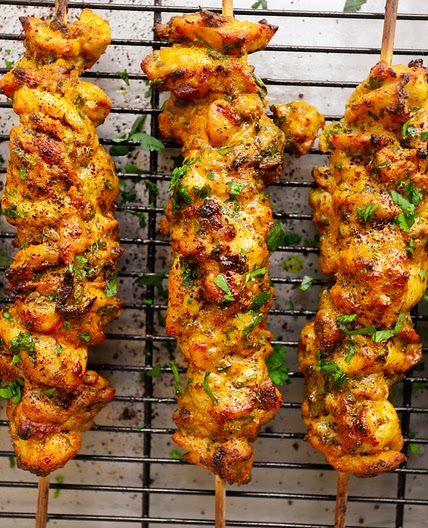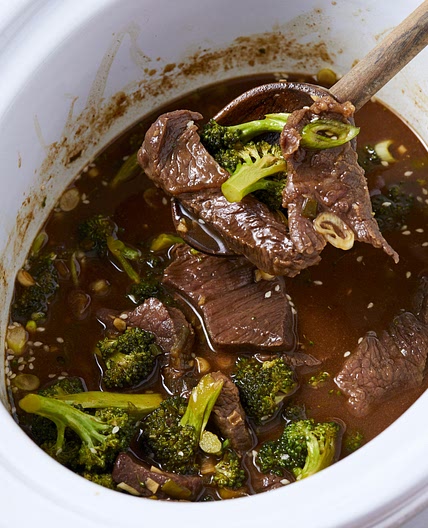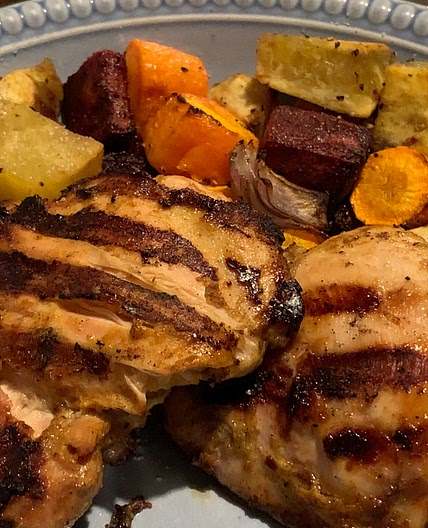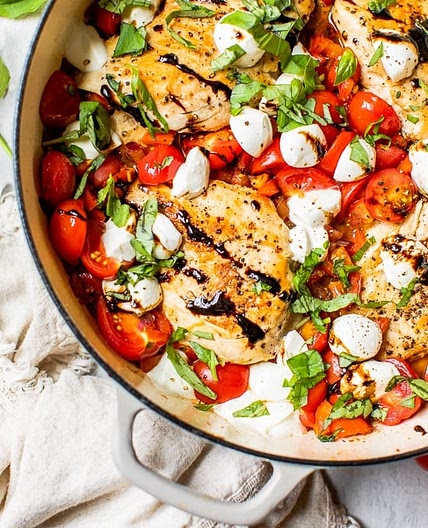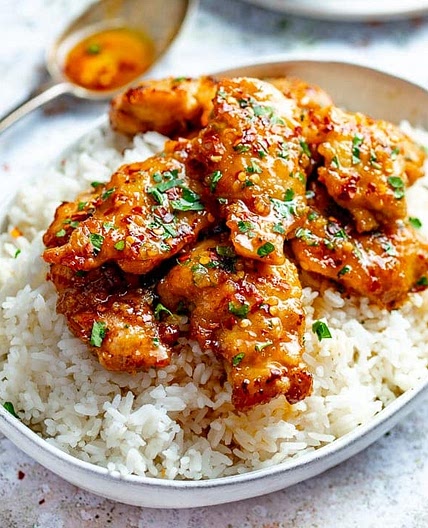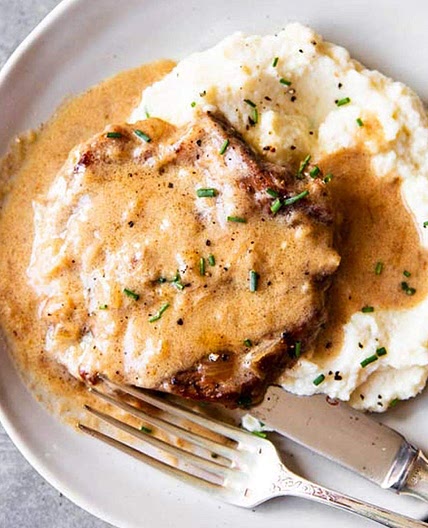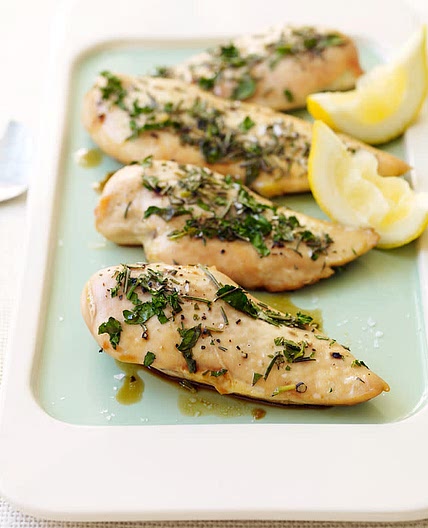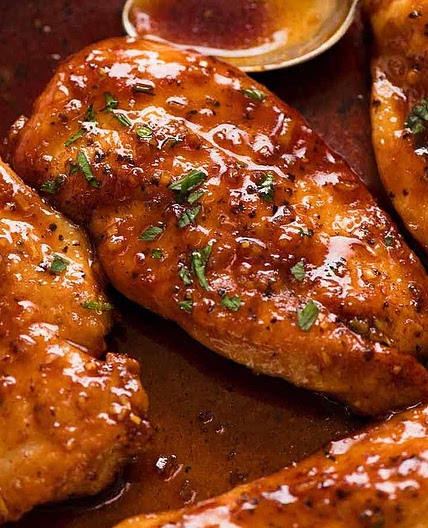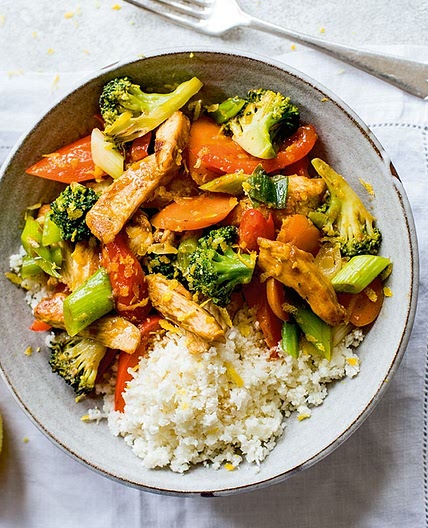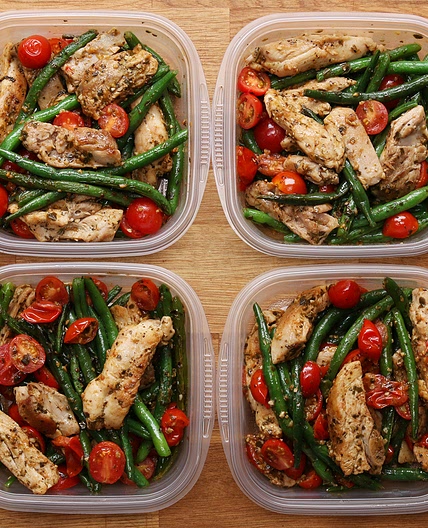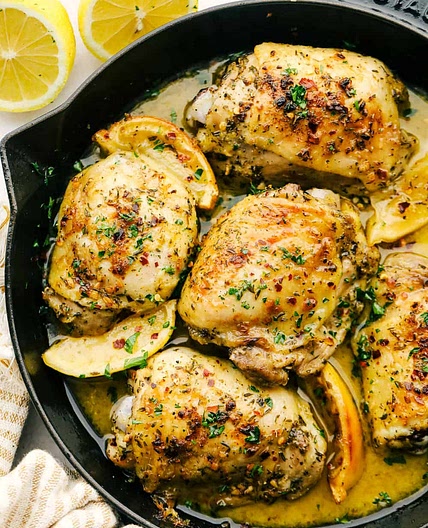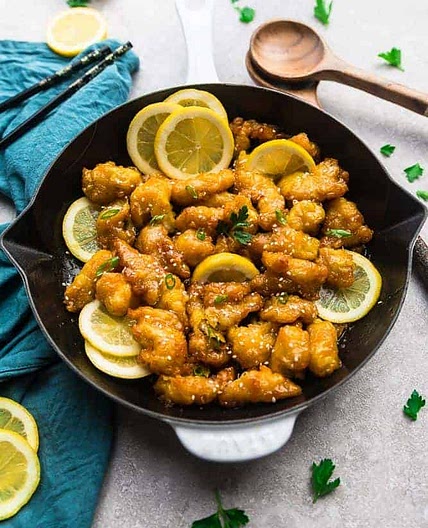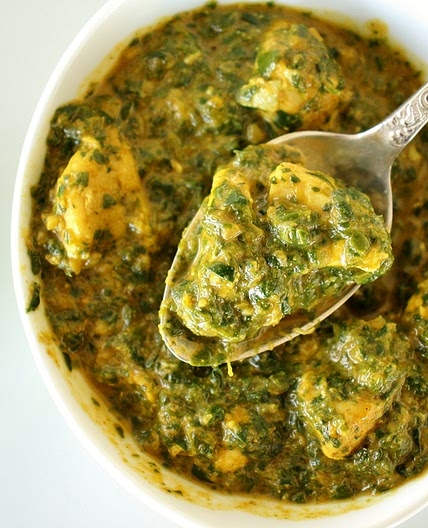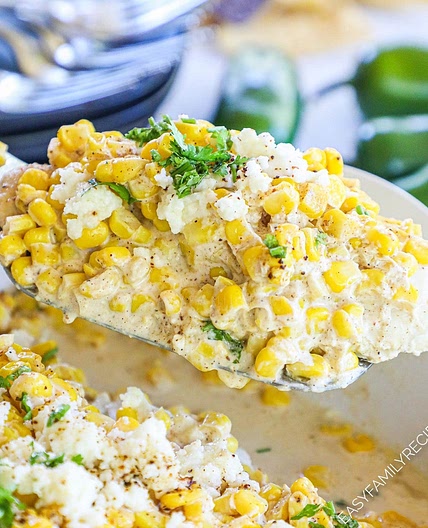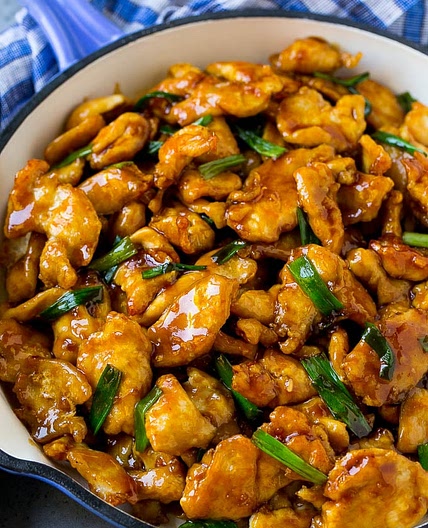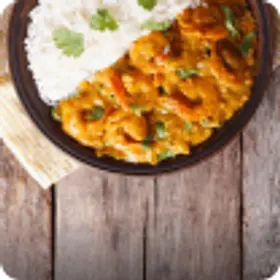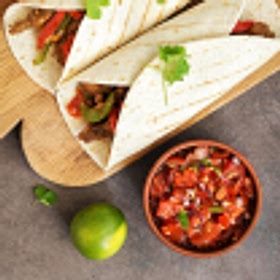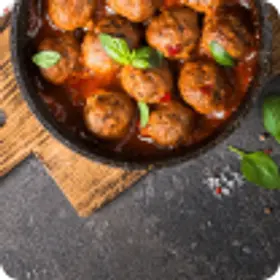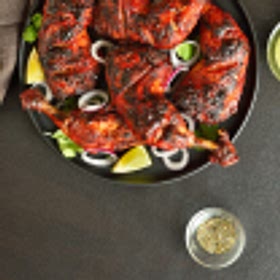All You Need to Know about Meat Recipes and More
Explore 100+ healthy Meat recipes. Perfect for cooks of all levels. Dive into diverse variations and tips to master your next meal.
Meat is an essential and versatile part of the diet for many people across the world, and it’s also a good source of protein. Meat recipes make up the majority of dinner recipes, and it covers a huge variety of dishes from everyday chicken meals to lavish lamb feasts.
Whether you’re cooking a hearty stew or grilling a juicy steak, meat can provide a delicious and satisfying meal. Want to know more about whether it’s healthy to eat meat regularly, or which meat is the best type to keep on hand? We have all the answers!
The Right Type of Meat for Your Recipe
Meat comes in many different forms, as you know. Each type requires different cooking techniques and preparation methods, even if the ‘type’ of meat is broadly the same. For instance, meat recipes using beef shin requires quite different cooking to those using fillet.
But let’s take a step back and look at some of the most common types of meat for different recipes.

Beef
Beef is one of the most commonly consumed types of red meat in the world. It’s a significant source of protein. Different cuts of beef have different characteristics, such as marbling (intramuscular fat), tenderness, and flavor profiles. Beef is often painted as a ‘bad’ meat to eat, but it really depends on balance and the type of cut.
Some popular cuts are as follows:
| Ribeye | Beef ribeye, also known as ribeye steak or ribeye roast, is a popular and highly prized cut of beef. It is taken from the rib section of the cow. Best for: Grilling, Pan-searing, Steakhouse-style steaks |
| Sirloin | Sirloin is a popular and versatile cut of beef that comes from the back of the cow, specifically from the loin area. The sirloin is divided into several sub-primal cuts, each offering different levels of tenderness and flavor. Best for: Grilling, Pan-frying, Fajitas, Stir-fries |
| Filet Mignon | Filet Mignon a.k.a tenderloin is a long, cylindrical muscle located along the spine, running through the short loin and continuing into the sirloin. It is considered a premium cut of beef and is a favorite among steak lovers who appreciate its tender texture and refined taste. Best for: Grilling, Pan-searing, Beef Wellington |
| Chuck Roast | Chuck roast is a flavorful cut of beef that comes from the shoulder area of the cow. It is a beloved cut of beef, especially in comfort food dishes, as it offers both great taste and value for money. Best for: Pot Roast, Beef Stew, Slow-cooked Braises |
| Brisket | Brisket is a flavorful and popular cut of beef that comes from the lower chest of the cow. It can be tough if not cooked correctly, but it becomes tender and delicious when cooked low and slow over an extended period. Best for: Smoked Brisket, Texas-style BBQ, Slow-cooked Dishes |
Pork
Pork is the meat that comes from domesticated pigs. Valued for its versatility and flavor, it offers a range of cuts with each one offering different textures and tastes. It’s particularly popular in South East Asian cuisine, as well as in Central Europe.
Common cuts of pork include the following:
| Pork Chop | Pork chops are bone-in or boneless cuts of pork that come from the loin of the pig. It offers a perfect balance of tenderness and rich taste. Best for: Grilling, Pan-frying, Baking |
| Loin Roast | The pork loin roast is a boneless cut and is known for its leanness and mild flavor. It is a flavorful and tender cut of pork that comes from the loin area of the pig. Best for: Roasting, Slicing into Pork Chops, Stuffed Pork Loin |
| Ribs | The two types of Ribs are Baby Back Ribs and Spare Ribs. Pork ribs are a popular choice for barbecue enthusiasts for their mouthwatering taste and satisfying texture. Best for: Grilling, Smoking, Oven-Baking |
| Shoulder | Pork shoulder, also known as pork butt, is a flavorful and versatile cut of pork. It is well-marbled with fat and contains connective tissue, which gives it a rich and succulent flavor. Best for: Slow-cooking, Pulled Pork, Carnitas |
| Belly | Pork belly is a highly prized and flavorful cut of pork that comes from the underside or belly of the pig. It is known for its rich marbling, which consists of layers of fat and lean meat, making it incredibly juicy and tender when cooked. Best for: Roasting, Braising, making Bacon |
Chicken
Chickens are raised for their meat and eggs, and they come in different breeds and varieties. They yield meat known for its mild flavor and tender texture, thus making it a versatile ingredient in a wide range of recipes. It’s also a very healthy meat, and is popular with people trying to limit their calorie intake or adopt a more balanced approach to nutrition.
Some common cuts of chicken include:
| Whole Chicken | The entire chicken with all its parts intact, including breasts, legs, wings, and back. It can be roasted whole or cut into various pieces for different recipes. |
| Chicken Breast | The boneless, skinless meat from the breast of the chicken. It is lean and versatile, commonly used in grilling, baking, sautéing, and stir-fries. |
| Chicken Thighs | The dark meat from the upper leg portion of the chicken. Thighs are slightly fattier than chicken breasts, resulting in juicier and more flavorful meat. They are often used in roasting, grilling, braising, and stews. |
| Chicken Drumsticks | The lower portion of the chicken leg, including the thigh and drumstick. Drumsticks are a popular choice for grilling, frying, and baking. |
| Chicken Wings | The small, single-bone portions from the wing of the chicken. Chicken wings are commonly served as appetizers, often fried, grilled, or baked with various sauces and seasonings. |
Lamb
Lamb provides a good source of protein and earns its reputation for its delicate flavor and cooking versatility. It has a mild and slightly gamey taste compared to beef or pork, making it a favorite in various culinary traditions. It’s often used for special occasion meals, like weddings or other celebrations.
Here are some common lamb cuts and their best uses:
| Lamb Leg | Lamb leg can be cooked whole or cut into leg steaks. Best for: Roasting, grilling, and braising. |
| Lamb Shoulder | Lamb shoulder becomes tender and flavorful when cooked low and slow. Best for: Slow-cooking, braising, and stewing. |
| Lamb Chops | Lamb chops are tender and can be marinated or seasoned with herbs and spices. Best for: Quick cooking methods like grilling, pan-searing, or broiling. |
| Lamb Rack | It can be cooked whole as a rack or cut into individual chops. Best for: Roasting or grilling. |
| Lamb Shank | Lamb shanks become tender and fall-off-the-bone when cooked slowly. Best for: Slow-cooking or braising. |
Game
Game meat refers to the meat of wild animals that are hunted for food. Many food enthusiasts actively seek game meat for its unique taste and perceived higher quality compared to commercially raised meats. Traditional and regional cuisines commonly use it, especially in areas where hunting is part of the cultural heritage.
Common examples of game meat include:
| Venison | The meat from deer is one of the most well-known game meats. It is lean and has a rich, earthy flavor. |
| Rabbit | Rabbit meat is tender and has a delicate flavor. |
| Duck | Duck meat is rich and flavorful, often enjoyed for its distinctive taste. |
| Quail | Quail meat is small and tender, with a slightly gamey flavor. |
Cooking Techniques for Meat Recipes
There are many different cooking techniques to master when it comes to meat recipes. Slow cooking, grilling, smoking, frying, roasting, and more are all options. Or you could even use your air fryer! Plus, different cuts all require different skills.
Whether you’re a seasoned chef or a home cook looking to impress, mastering meat cooking techniques is essential to bring out the best flavors, textures, and juiciness from various cuts of meat.
Here are some popular meat cooking techniques you should know:
Grilling

Cooking meat over an open flame or a hot surface such as a grill or barbecue, imparts a smoky and charred flavor. Grilling is ideal for cuts such as steaks, burgers, kebabs, and vegetables. But if you want to, you can get pretty inventive with grilling. Many meat recipes can be adapted for the grill – from whole cuts of pork to slow cooked cuts like lamb leg. You could even try campfire cooking!
Roasting
Roasting involves cooking meat in an oven. Usually, you’re aiming for beautiful crispy exteriors and tender interiors. Whole roasted chickens, turkeys, and beef are commonly roasted. Pork belly is another common cut to roast, because you get that spectacular pork crackling which is irresistibly crunchy.
If you’re using the oven, keep our gas mark conversion chart handy, which helps you convert from Celsius to Fahrenheit and also includes gas mark conversions too.
Braising
Braising is a slow-cooking method that involves searing meat, then simmering it in liquid (broth, wine, or sauce) on low heat. It works well with tougher cuts, transforming them into tender and flavorful stews and pot roasts. Braised pork belly is popular, as are tougher cuts of beef like shin or short rib braised into stews, pies, or casseroles.
Stir-Frying
Commonly used in Asian cuisine, stir-frying quickly cooks thinly sliced meat with vegetables in a hot wok with oil and various sauces. The quick cooking style means meat is seared but doesn’t go tough. Sometimes, ground pork or chicken is also used for stir frying.
Slow-Cooking
Slow-cooking achieves tenderness and enhanced flavors by using low heat over an extended period. This method often involves using slow cookers or crockpots. It’s similar to braising, and gives equally good results.
Tips and Tricks for Cooking Meat
Making meat recipes delicious involves a combination of proper cooking techniques, seasoning, and attention to detail. Here are some tips and tricks to elevate your meat dishes to the next level of deliciousness:
- Quality Meat: Start with high-quality meat from a trusted source. Fresh, well-marbled meat with good color ensures a better flavor and texture in your dishes.
- Marinating: Marinate the meat before cooking to infuse it with flavor and tenderize it. Use a mixture of oil, vinegar, herbs, spices, and aromatics to create a flavorful marinade.
- Preheating: Before adding the meat, make sure to preheat your cooking surface, whether it’s a pan, grill, or oven. This ensures proper searing and locks in the juices.
- Resting Time: Allow the cooked meat to rest for a few minutes before serving. Resting allows the juices to redistribute throughout the meat instead of pooling and leaking out when you cut it. When you rest meat it’s more juicy.
- Temperature Control: Use a meat thermometer to cook the meat to the desired level of doneness. Overcooking can result in dry and tough meat, while undercooking may pose food safety risks. Check out our gas mark conversion chart to convert between Celsius, Fahrenheit, and gas marks.
- Balancing Flavors: Experiment with sweet, savory, sour, and umami flavors to create a well-balanced dish. Use ingredients such as honey, soy sauce, balsamic vinegar, or Worcestershire sauce to add complexity.
- Experiment and Adapt: Don’t be afraid to experiment with new meat recipes and techniques. Adapt and adjust recipes to suit your preferences and the ingredients you have on hand.
FAQs About Meat Recipes and Safety
Indeed! Properly packing fresh meat such as beef, pork, and poultry, allows you to freeze them for 6 to 12 months. On the other hand, you should consume ground meat and processed meats within 1 to 4 months for optimal quality.
While it’s best to thaw meat before cooking, you can use frozen meat in some recipes. Just adjust cooking times accordingly and ensure the meat reaches the recommended internal temperature.
Balancing flavors is an art. Utilize a blend of herbs, spices, and marinades to create harmonious taste profiles. Experiment with sweet, savory, sour, and umami flavors to excite your taste buds.
Avoid overcooking meat by using a meat thermometer to monitor the internal temperature. Moreover, different types of meat have specific doneness temperatures, so refer to a cooking chart for accurate results.
In Conclusion
Meat is a staple ingredient in many dishes, and learning how to cook it properly can make all the difference in the taste and texture of your meals. Overall, these tips and tricks will help you make delicious meat dishes, from choosing the right cut of meat to using the best cooking technique.
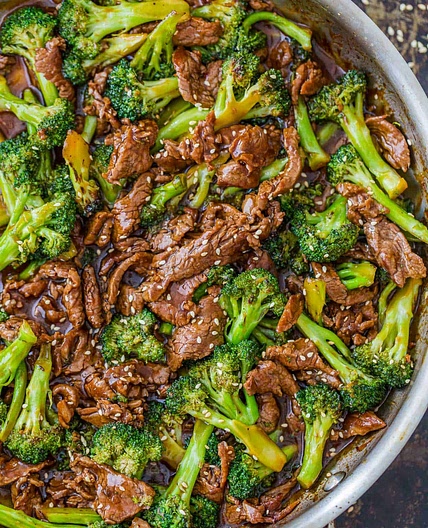


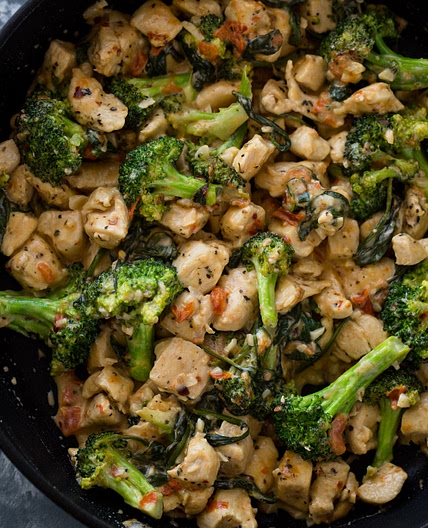

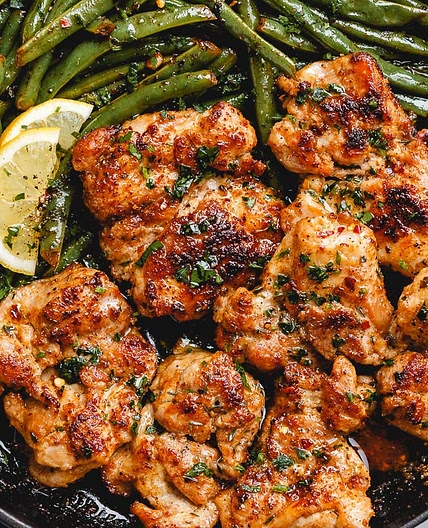



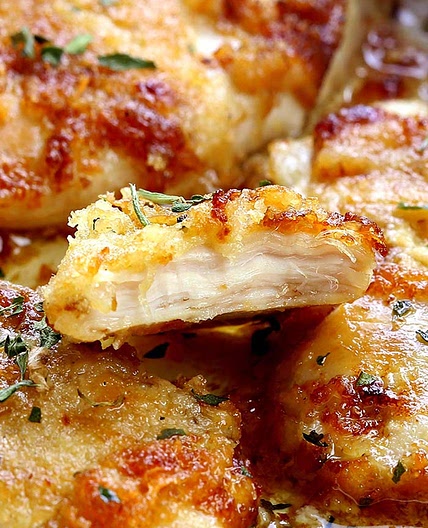



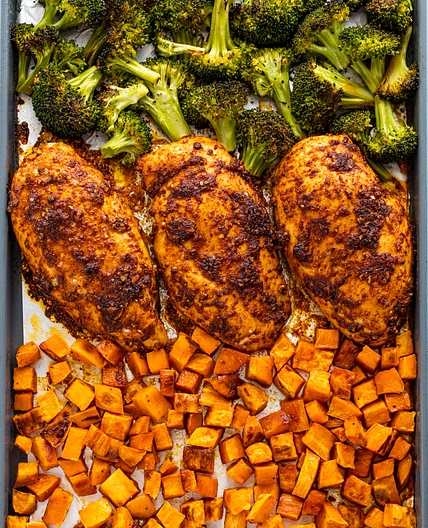

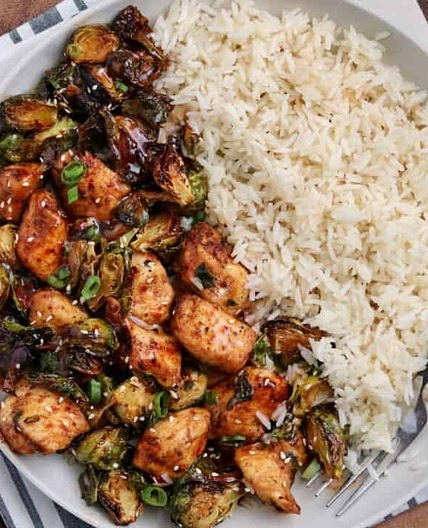

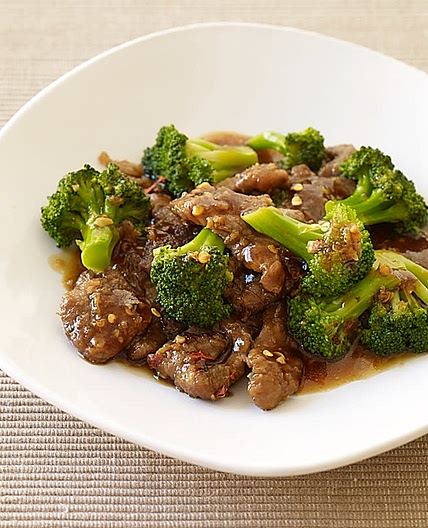
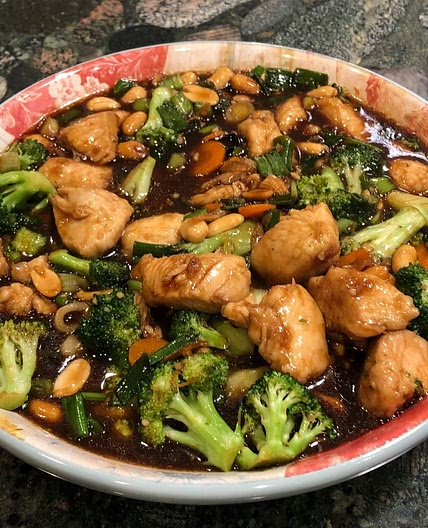
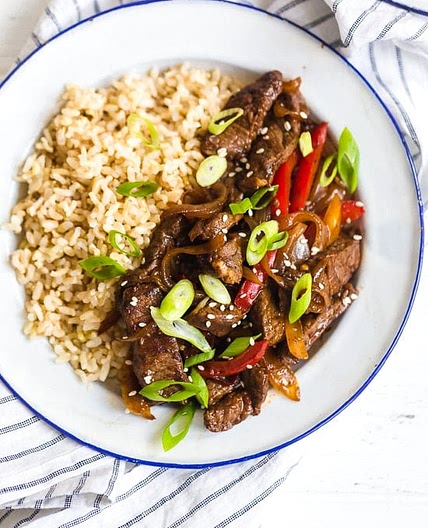

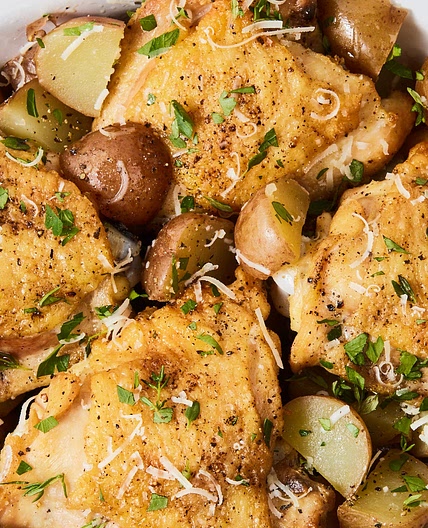


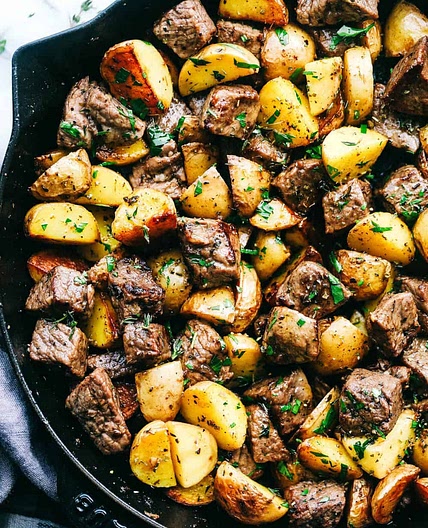
![20-Minute Pesto Chicken & Broccoli [Keto, Low-carb, Sugar-free, Gluten-Free] - Chef Michael](https://art.whisk.com/image/upload/fl_progressive,h_264,w_214,c_fill,dpr_2.0/v1648147907/recipe/d078246a37d52fd1625e6ed67c11469d.jpg)
